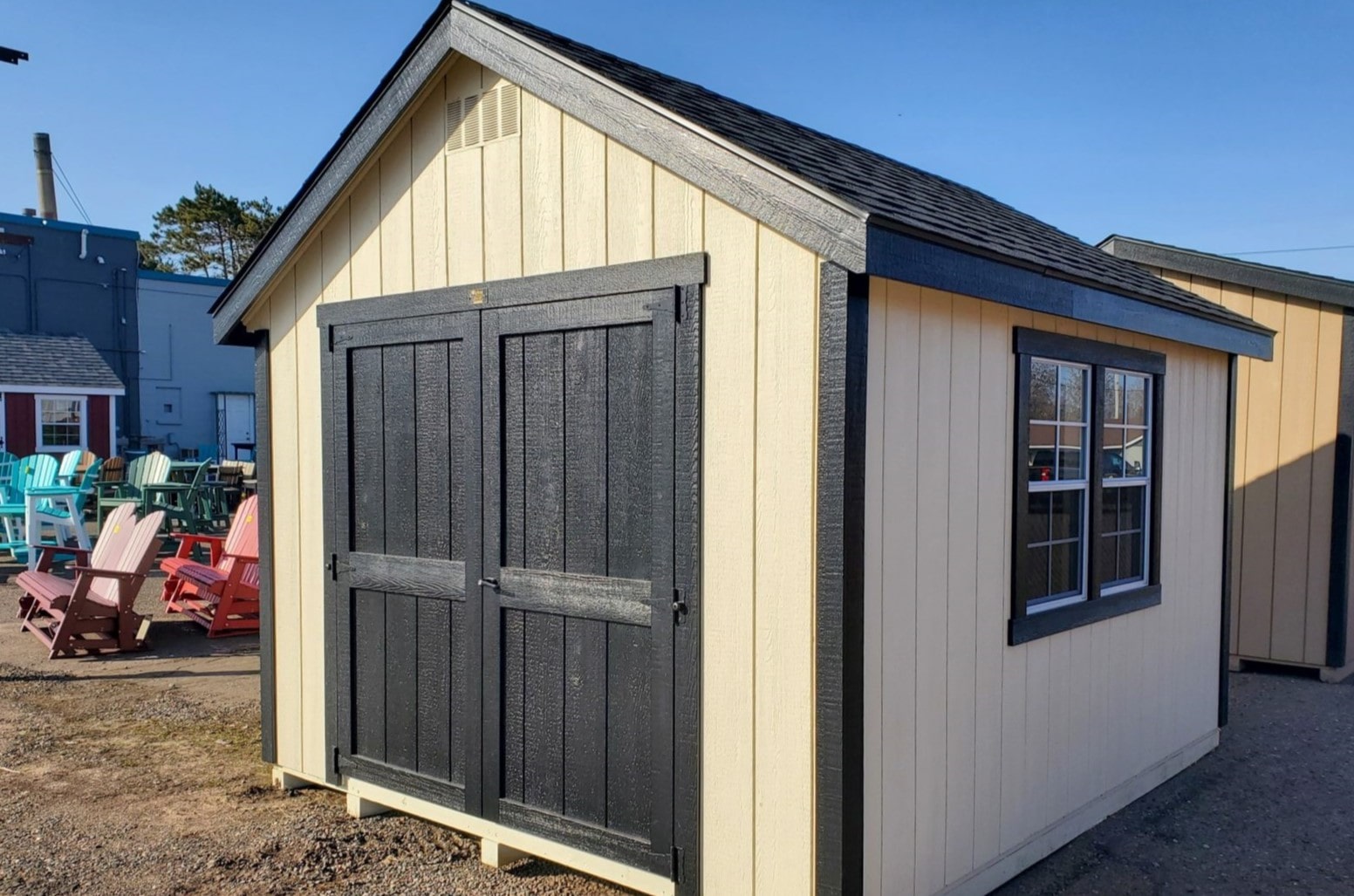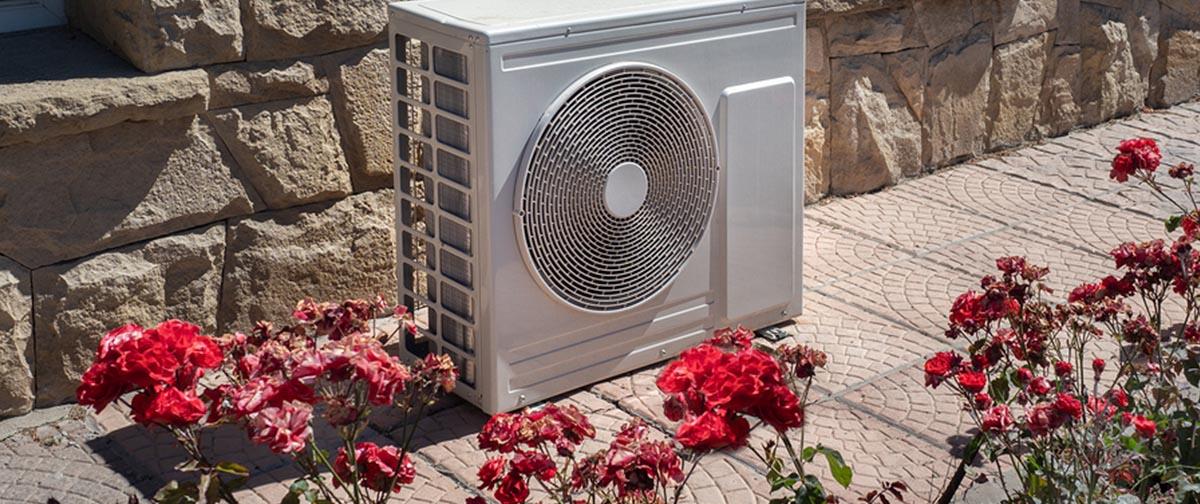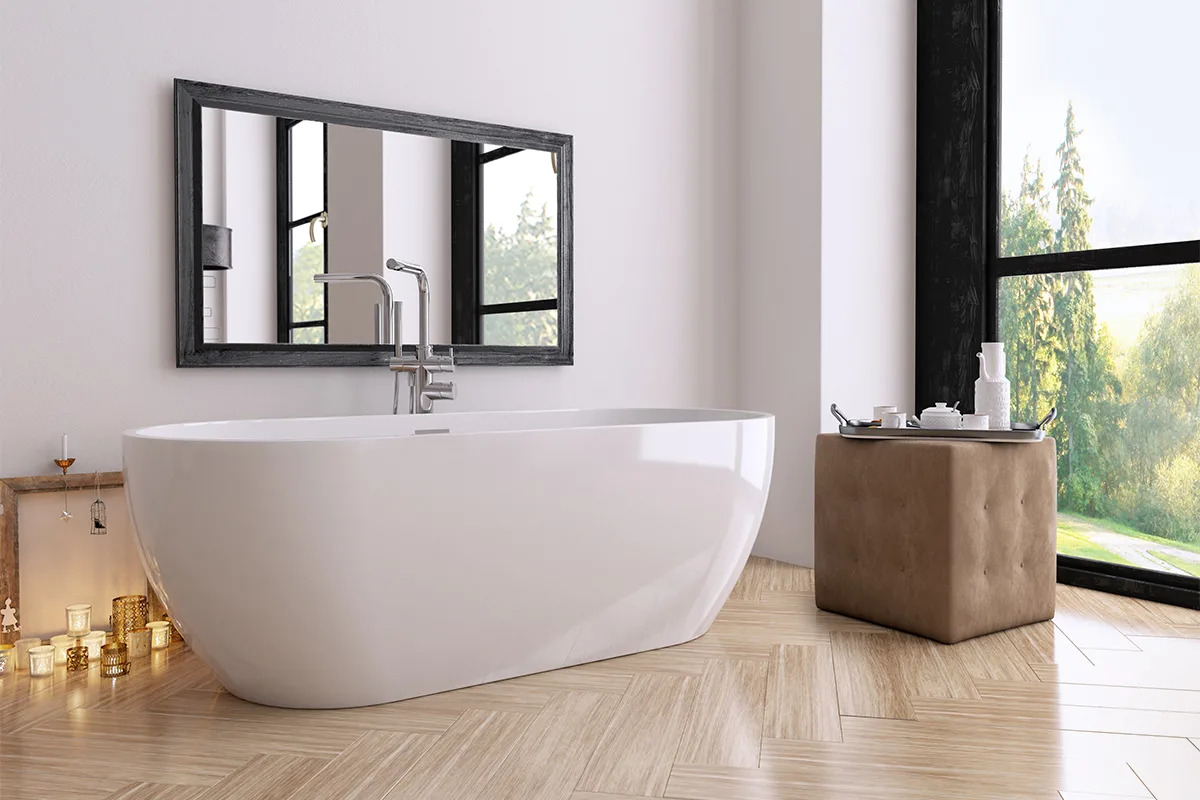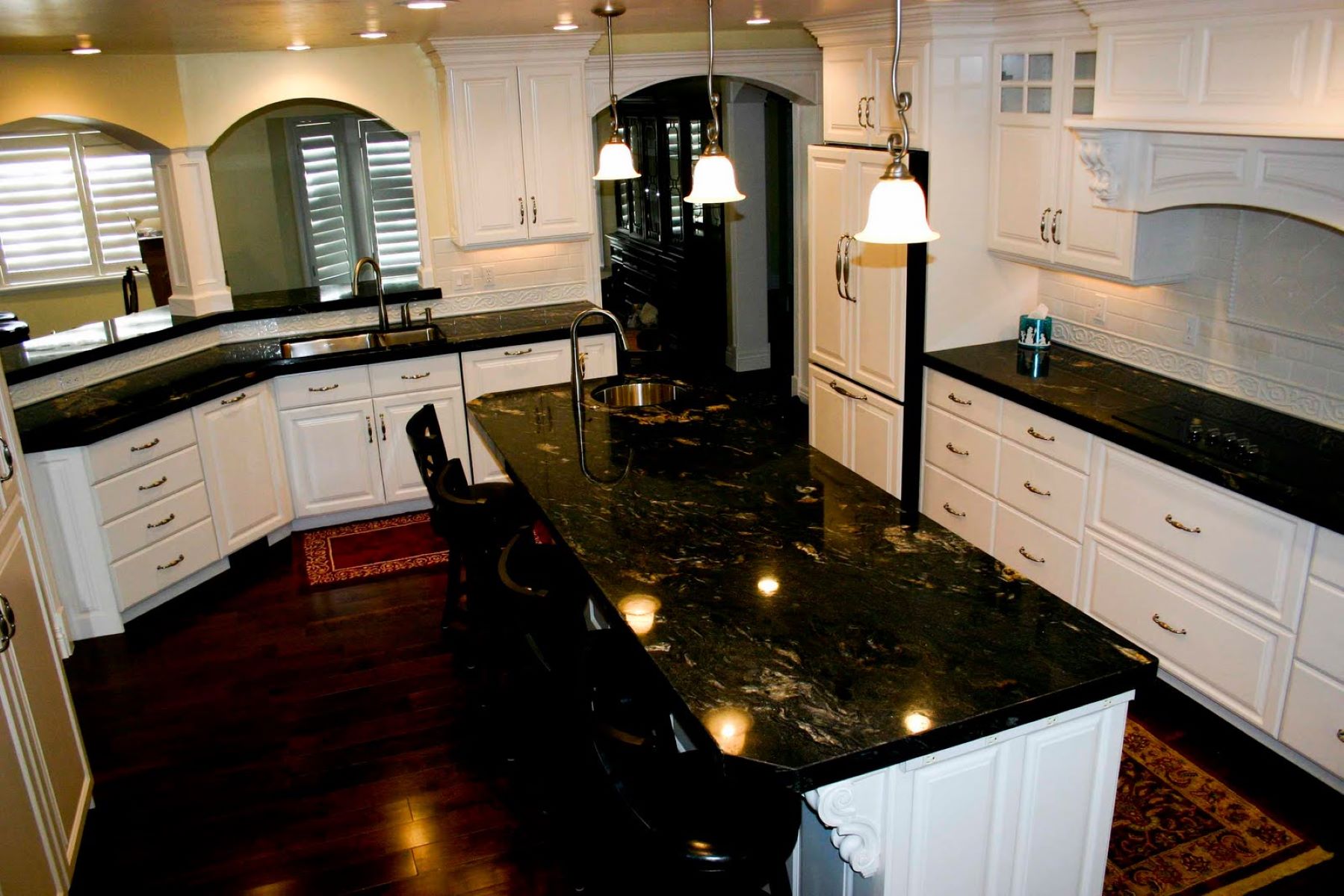Home>Gardening & Outdoor>Outdoor Structures>How Much Does A 10×12 Wood Shed Weigh


Outdoor Structures
How Much Does A 10×12 Wood Shed Weigh
Modified: August 27, 2024
Discover the weight of a 10x12 wood shed and learn about outdoor structures. Find out how to calculate the weight and ensure proper installation. Explore more outdoor structure tips!
(Many of the links in this article redirect to a specific reviewed product. Your purchase of these products through affiliate links helps to generate commission for Storables.com, at no extra cost. Learn more)
Introduction
When considering the purchase or construction of a 10×12 wood shed, one crucial aspect to contemplate is its weight. The weight of a wood shed can influence various factors, from transportation and installation to its overall stability and longevity. Understanding the factors that contribute to the weight of a 10×12 wood shed is essential for making informed decisions and ensuring the structure's suitability for its intended location.
In this comprehensive guide, we will delve into the various elements that impact the weight of a 10×12 wood shed. From the materials used in its construction to the structural design and additional features, we will explore how each component contributes to the overall weight of the shed. By the end of this exploration, you will have a clear understanding of the factors influencing the weight of a 10×12 wood shed, empowering you to make well-informed choices as you embark on your shed-related endeavors.
Key Takeaways:
- The weight of a 10×12 wood shed is influenced by factors like the type of wood, foundation, hardware, treated wood, and additional features, impacting transportation and installation.
- The materials, structural design, roofing, siding, and add-ons all contribute to the weight of a 10×12 wood shed, affecting its suitability for specific locations and purposes.
Read more: How Much Does A Recliner Weigh
Factors Affecting Weight
Several factors can significantly impact the weight of a 10×12 wood shed. Understanding these elements is crucial for assessing the practicality and feasibility of installing or transporting the shed. Let’s delve into the key factors that contribute to the overall weight of a wood shed of this size:
- Material Density: The type of wood used in the construction of the shed plays a pivotal role in determining its weight. Hardwoods, such as oak and maple, are denser and heavier than softwoods like pine and cedar. Additionally, the thickness of the wood used for the shed’s framework and panels can also influence its overall weight.
- Foundation: The foundation on which the shed is built can impact its weight. A concrete foundation will add substantial weight compared to a gravel or wood platform, affecting the overall load that needs to be transported and the structural requirements at the installation site.
- Hardware and Fasteners: The choice of hardware and fasteners, such as screws, nails, and bolts, can contribute to the shed’s weight. Heavy-duty fasteners and metal hardware add more weight compared to lighter alternatives, influencing the overall mass of the structure.
- Treated Wood: If the wood used in the shed’s construction has undergone treatment for weather resistance and durability, it may weigh more than untreated wood due to the added chemicals and moisture content.
- Additional Features: Incorporating features such as windows, doors, shelves, and lofts can increase the shed’s weight. Each added component contributes to the overall mass, impacting the transportation and installation requirements.
By considering these factors, you can gain insight into the various elements that contribute to the weight of a 10×12 wood shed. This understanding is invaluable when planning for the shed’s delivery, installation, and long-term stability.
Materials Used in Construction
The materials utilized in the construction of a 10×12 wood shed significantly influence its weight. Understanding the impact of these materials is essential for evaluating the shed’s overall mass and structural integrity. Let’s explore the primary materials commonly used in the construction of wood sheds:
- Lumber: The primary material for the framework, walls, and roof of a wood shed is lumber. The type of wood, its density, and the dimensions of the lumber all contribute to the shed’s weight. While softwoods like pine and cedar are lighter, hardwoods such as oak and maple are denser and heavier.
- Plywood or Oriented Strand Board (OSB): These engineered wood products are commonly used for sheathing the shed’s walls and roof. The thickness and quality of the plywood or OSB can impact the shed’s overall weight.
- Roofing Materials: The choice of roofing materials, such as shingles or metal panels, adds to the shed’s weight. Additionally, the underlayment and insulation used beneath the roofing materials contribute to the overall mass.
- Treated Wood: Pressure-treated lumber, used for structural components and exterior cladding, is heavier than untreated wood due to the added chemicals and moisture content. While treated wood offers enhanced durability and weather resistance, it increases the shed’s weight.
- Hardware and Fasteners: Metal hardware, including screws, nails, and bolts, as well as other fastening components, contribute to the shed’s weight. Heavy-duty hardware adds to the overall mass of the structure.
By considering the materials used in the construction of a 10×12 wood shed, you can gain valuable insight into the factors contributing to its weight. Evaluating the type, density, and quality of these materials is essential for making informed decisions regarding transportation, installation, and long-term durability.
Structural Design
The structural design of a 10×12 wood shed plays a pivotal role in determining its weight. The design encompasses the framework, support elements, and overall construction approach, all of which contribute to the shed’s mass. Let’s explore the key aspects of the structural design that influence the weight of a wood shed:
- Framework: The design and dimensions of the shed’s framework, including the size and spacing of the lumber used for the walls, roof, and floor, impact the overall weight. A robust framework with larger lumber dimensions adds to the shed’s mass compared to a lighter framework design.
- Support Elements: Additional support elements, such as braces, trusses, and purlins, contribute to the shed’s weight. The inclusion of these components for structural stability and load-bearing capacity increases the overall mass of the shed.
- Wall Construction: The method of wall construction, whether it involves traditional stud framing, post-and-beam construction, or other techniques, affects the shed’s weight. Different construction approaches may result in varying material requirements and overall mass.
- Floor and Roof Design: The design of the shed’s floor and roof, including the choice of materials and support structures, influences its weight. Additionally, the inclusion of lofts or attic spaces adds to the overall mass of the structure.
- Modular Design: If the shed is designed for modular or panelized assembly, the individual panels and components may add to the weight due to the inclusion of additional hardware and connectors.
By understanding the impact of the structural design on the weight of a 10×12 wood shed, you can make informed assessments regarding its transportation, installation, and long-term stability. Evaluating the design elements provides valuable insights into the shed’s overall mass and construction requirements.
A 10×12 wood shed typically weighs around 1200-1500 pounds, but this can vary based on the type of wood and construction. Be sure to check the specifications from the manufacturer before purchasing or moving the shed.
Roofing and Siding
The choice of roofing and siding materials significantly influences the weight of a 10×12 wood shed. Both the type and quality of these components play a crucial role in determining the shed’s overall mass. Let’s explore the impact of roofing and siding on the weight of a wood shed:
- Roofing Materials: The selection of roofing materials, such as asphalt shingles, metal roofing panels, or cedar shakes, contributes to the shed’s weight. Additionally, the underlayment and insulation used beneath the roofing materials add to the overall mass of the structure.
- Siding: The type of siding, whether it’s traditional wood cladding, engineered wood panels, or fiber cement siding, affects the shed’s weight. Additionally, the thickness and density of the siding material contribute to the overall mass of the shed.
- Trim and Flashing: The inclusion of trim elements and flashing details adds to the overall weight of the shed. These components, while essential for weatherproofing and aesthetic appeal, contribute to the structure’s mass.
- Paint and Finishes: The application of paint and finishes on the exterior surfaces of the shed can add to its weight. Multiple coats of paint or protective finishes contribute to the overall mass of the structure.
- Weatherproofing: Additional weatherproofing measures, such as the inclusion of house wrap or moisture barrier beneath the siding, impact the shed’s weight. These measures add to the overall mass while enhancing the shed’s durability and weather resistance.
By considering the influence of roofing and siding materials on the weight of a 10×12 wood shed, you can make informed decisions regarding the shed’s transportation, installation, and long-term performance. Evaluating the impact of these components provides valuable insights into the shed’s overall mass and construction requirements.
Read more: How Much Does A Ladder Weigh
Add-ons and Accessories
When considering the weight of a 10×12 wood shed, it’s essential to account for the additional features, add-ons, and accessories that contribute to the overall mass of the structure. These elements, while enhancing the functionality and aesthetics of the shed, can significantly impact its weight. Let’s explore the various add-ons and accessories that influence the shed’s overall mass:
- Windows and Doors: The inclusion of windows and doors adds to the weight of the shed. The choice of materials for windows and doors, such as wood, vinyl, or metal, as well as the type of glazing and hardware, contributes to the overall mass of the structure.
- Shelving and Storage: Incorporating built-in shelving, storage lofts, or workbenches increases the shed’s weight. These features, while enhancing the shed’s functionality, contribute to its overall mass.
- Interior Finishes: The addition of interior finishes, such as wall paneling, ceiling materials, and flooring, impacts the shed’s weight. The type, quality, and thickness of these finishes contribute to the overall mass of the structure.
- Exterior Enhancements: Features like decorative trim, shutters, and exterior lighting fixtures add to the shed’s weight. While these elements enhance the shed’s visual appeal, they contribute to the overall mass of the structure.
- Hardware and Accessories: The inclusion of hardware, such as door handles, hinges, and latches, as well as accessories like hooks and brackets, adds to the shed’s weight. These components, while essential for functionality, contribute to the overall mass of the structure.
By considering the impact of add-ons and accessories on the weight of a 10×12 wood shed, you can make informed decisions regarding the shed’s transportation, installation, and long-term functionality. Evaluating these elements provides valuable insights into the shed’s overall mass and construction requirements.
Conclusion
Understanding the factors that contribute to the weight of a 10×12 wood shed is essential for making informed decisions regarding its construction, transportation, and installation. From the materials used in its construction to the structural design and additional features, each element plays a crucial role in determining the shed’s overall mass. By considering these factors, individuals and professionals alike can ensure that the shed meets their specific requirements while accounting for its weight-related implications.
When evaluating the weight of a wood shed, it’s important to consider the density and type of materials, the design and framework, as well as the roofing, siding, and additional features. Each of these components contributes to the shed’s overall mass, influencing its transportation, installation, and long-term stability. By gaining insight into these factors, individuals can make well-informed decisions regarding the suitability of a 10×12 wood shed for their intended purpose and location.
Furthermore, the weight of a wood shed is not only a practical consideration but also a crucial factor in ensuring its structural integrity and longevity. By understanding the impact of various elements on the shed’s weight, individuals can plan for its delivery, assembly, and long-term maintenance, ultimately enhancing their overall shed-related experience.
In conclusion, a comprehensive understanding of the factors affecting the weight of a 10×12 wood shed empowers individuals to make informed decisions, ensuring that the shed meets their specific needs while accounting for its overall mass. By considering the materials, design, and additional features, individuals can navigate the complexities of shed construction and installation with confidence, ultimately leading to a successful and satisfying shed ownership experience.
Frequently Asked Questions about How Much Does A 10x12 Wood Shed Weigh
Was this page helpful?
At Storables.com, we guarantee accurate and reliable information. Our content, validated by Expert Board Contributors, is crafted following stringent Editorial Policies. We're committed to providing you with well-researched, expert-backed insights for all your informational needs.















0 thoughts on “How Much Does A 10×12 Wood Shed Weigh”